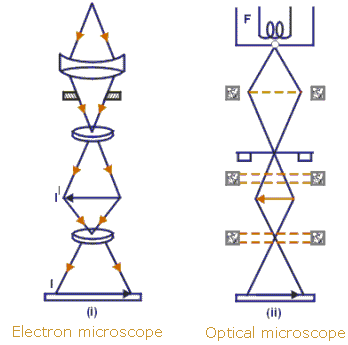#10.Tests for carbohydrates

Tests for Reducing sugars, Non-reducing sugar and Starch . 1. Reducing sugar ( Ben edict's test) All monosaccharides and most disaccharides (except sucrose) will reduce blue CuSO4 (II), producing a precipitate of red Cu 2 O (I). Benedict’s reagent is an aqueous solution of Cu SO4(II), Na 2 CO3 and sodium citrate. 2 cm³ test solution + ≥ 2 cm³ Benedict’s reagent. Shake, and heat for a few minutes at 95°C in a water bath. The mass of precipitate or intensity of the colour indicates the amount of reducing sugar present ---> the test is semi-quantitative. 2. Non-reducing sugar ( Benedict's test) Principles: Sucrose is a non-reducing sugar (not reduce CuSO4) ---> Benedict's test (-) . If it is hydrolysed to form glucose and fructose ---> Benedict's test (+) . So sucrose is the only sugar that will give a (-) Benedict's te...



